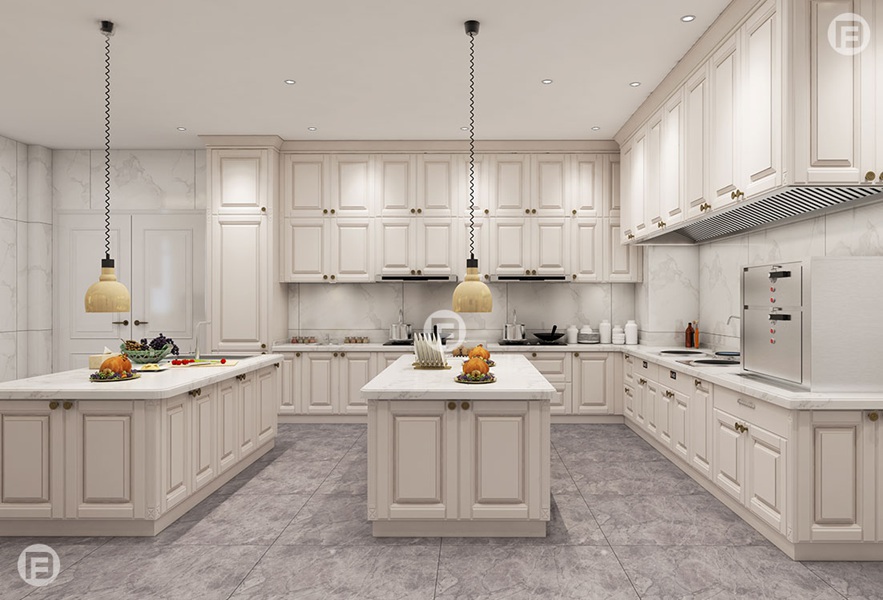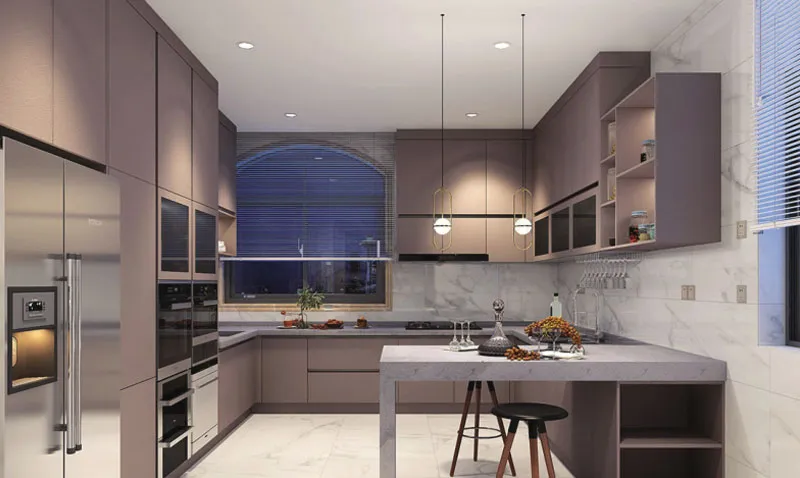What Is the Difference Between Chinese and American Kitchen Cabinets?
Kitchen cabinets are an essential component of any kitchen design, and they play a vital role in both functionality and aesthetics. While American kitchen cabinets are often regarded as a gold standard, Chinese kitchen cabinets have gained significant popularity worldwide, particularly for their affordability and versatility. Despite serving the same purpose, these cabinets differ in many aspects, including construction, materials, design, and cost.
1. Construction Style
American Kitchen Cabinets:
American kitchen cabinets are typically constructed using a framed design. The face frame, attached to the front of the cabinet box, adds structural support and provides a more traditional look.
The framed construction makes these cabinets sturdier and allows for more intricate door designs.
American cabinets often feature soft-close hinges and dovetail joints, reflecting a focus on craftsmanship and durability.
Chinese Kitchen Cabinets:
Chinese kitchen cabinets generally use frameless construction, also known as European-style construction. This style eliminates the face frame, maximizing storage space and creating a sleeker, more modern appearance.
The frameless design allows for easier access to the interior and larger drawers, making it more practical for compact spaces.
Chinese cabinets are often flat-packed for easy shipping, and they are designed for quick assembly, making them appealing for budget-conscious buyers.
2. Materials Used
American Kitchen Cabinets:
American cabinets typically use high-quality materials, including solid wood for doors and frames. Popular wood types include oak, maple, cherry, and hickory.
Plywood is often used for the cabinet box, offering durability and resistance to warping.
High-end finishes, such as natural stains or painted surfaces, enhance the longevity and visual appeal of the cabinets.
Chinese Kitchen Cabinets:
Chinese cabinets are usually made from engineered wood products like Medium-Density Fiberboard (MDF) and Particleboard. These materials are more cost-effective but less durable compared to solid wood.
Laminate and veneer finishes are commonly used to mimic the look of natural wood at a fraction of the cost.
Some high-end Chinese cabinets also feature solid wood components, but these are less common in budget models.
3. Design and Aesthetic
American Kitchen Cabinets:
American cabinets tend to have a classic, timeless design. They often feature decorative details such as crown moldings, raised panel doors, and intricate trims.
Neutral colors like white, beige, and natural wood tones dominate, aligning with traditional and transitional kitchen styles.
Customization is a key feature, allowing homeowners to tailor the design to their specific preferences.
Chinese Kitchen Cabinets:
Chinese cabinets lean toward contemporary and minimalist designs, with clean lines and flat-panel doors.
They are available in a wide range of finishes, from high-gloss to matte, and bold colors like black, red, or even metallic shades are common.
Prefabricated designs dominate the market, offering limited customization but faster delivery and installation.
4. Cost and Affordability
American Kitchen Cabinets:
American cabinets are often more expensive due to the use of premium materials, detailed craftsmanship, and customization options.
Prices for high-quality American-made cabinets can range from $10,000 to $50,000 for a full kitchen, depending on the size and design complexity.
Chinese Kitchen Cabinets:
Chinese cabinets are significantly more affordable, with prices often ranging from $3,000 to $10,000 for a similar kitchen setup.
The lower cost is attributed to the use of engineered materials, mass production, and streamlined manufacturing processes.
These cabinets are an attractive option for budget-conscious homeowners or for use in rental properties and investment homes.
5. Durability and Longevity
American Kitchen Cabinets:
Due to the use of solid wood and high-quality craftsmanship, American cabinets are built to last for decades with proper care.
They are less prone to damage from moisture, heat, or heavy use, making them a long-term investment.
Chinese Kitchen Cabinets:
While Chinese cabinets are designed to be functional and cost-effective, they may not be as durable as their American counterparts.
Engineered wood components can be susceptible to water damage and may have a shorter lifespan, typically ranging from 5 to 15 years depending on usage and maintenance.
6. Assembly and Installation
American Kitchen Cabinets:
American cabinets are often delivered fully assembled, making the installation process easier but requiring more storage space during shipping.
Professional installation is typically recommended due to the higher weight and complexity of the cabinets.
Chinese Kitchen Cabinets:
Many Chinese cabinets are shipped as flat packs, reducing shipping costs and making them easier to transport.
They are designed for quick and easy assembly, which can be done by homeowners or contractors. However, improper assembly can affect their durability.
The choice between Chinese and American kitchen cabinets ultimately depends on your budget, design preferences, and long-term needs. American cabinets are ideal for those seeking high-quality materials, custom designs, and long-lasting durability. On the other hand, Chinese cabinets offer a cost-effective solution with modern designs and practical functionality, making them a popular choice for budget-conscious homeowners.
By understanding the key differences between these two styles, you can make an informed decision that best suits your kitchen’s style, functionality, and budget requirements.
Hot News
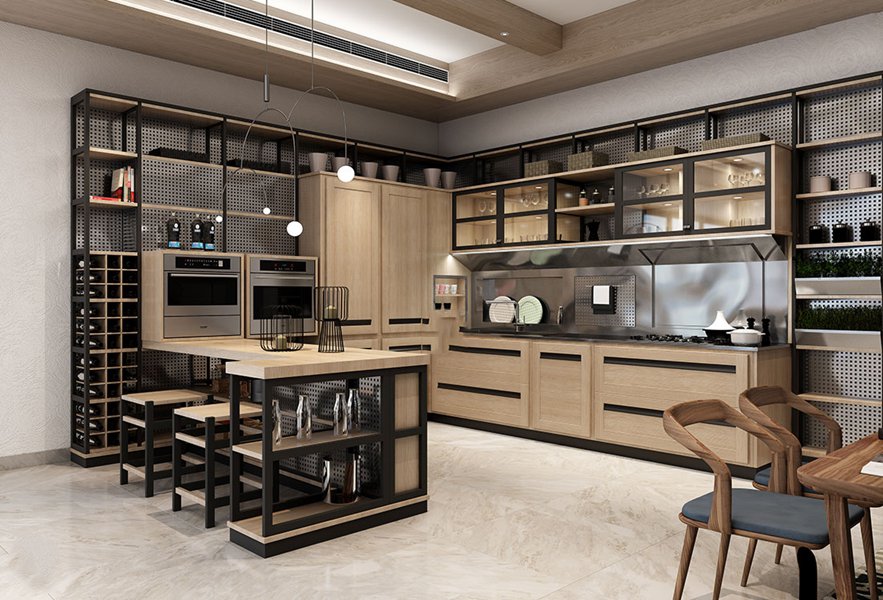
Best Outdoor Stainless Steel Cabinets: Features, Prices, and Buying Tips
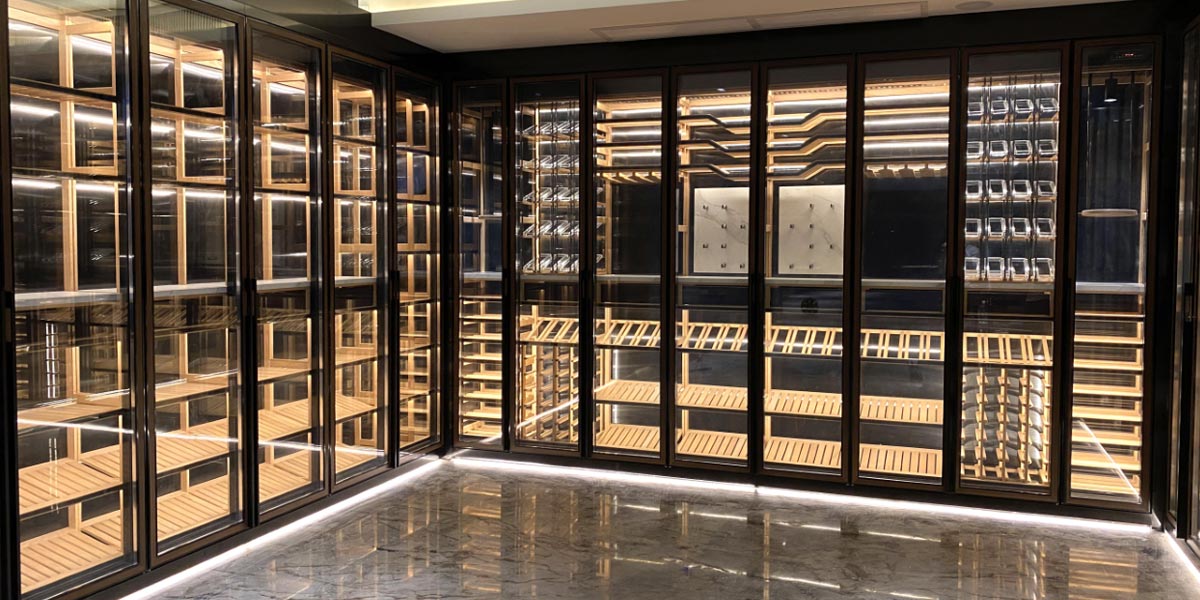
Built-in vs. Freestanding Stainless Steel Wine Cabinets
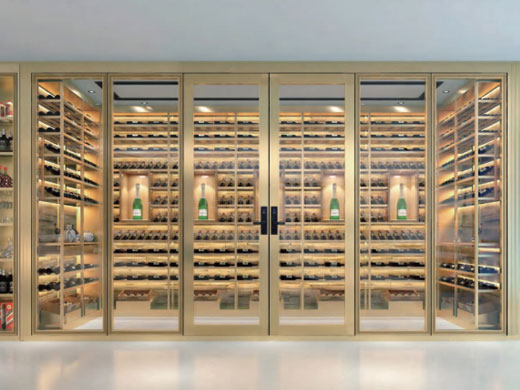
Stainless Steel Wine Cabinet: Ultimate Guide for Modern Wine Storage
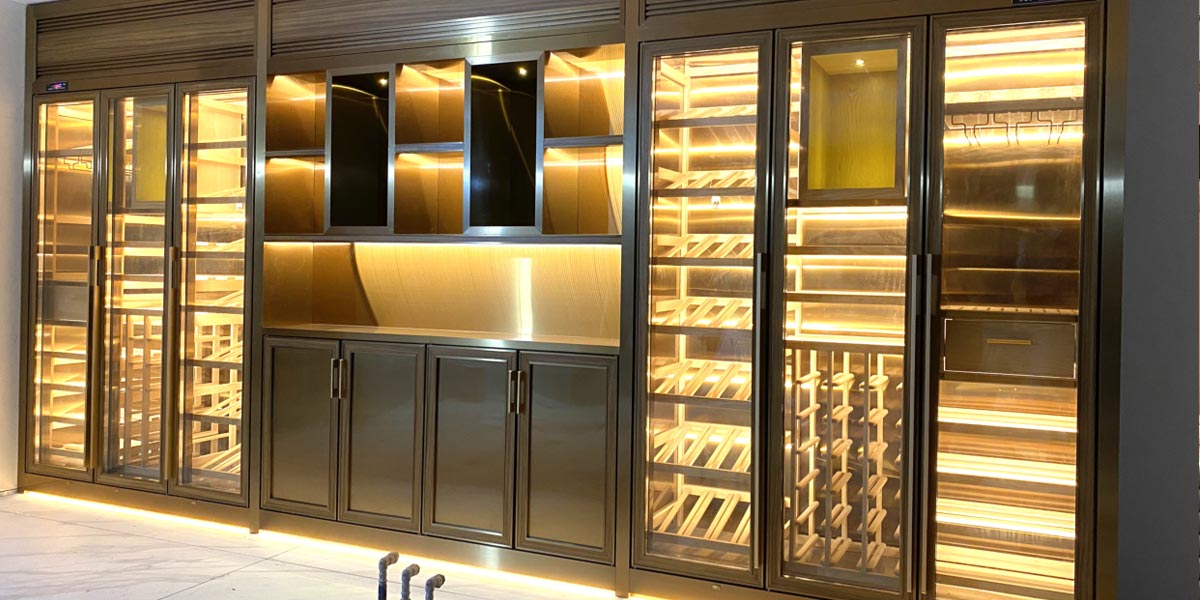
How to Choose the Right Stainless Steel Wine Cabinet: A Complete Buyer’s Guide
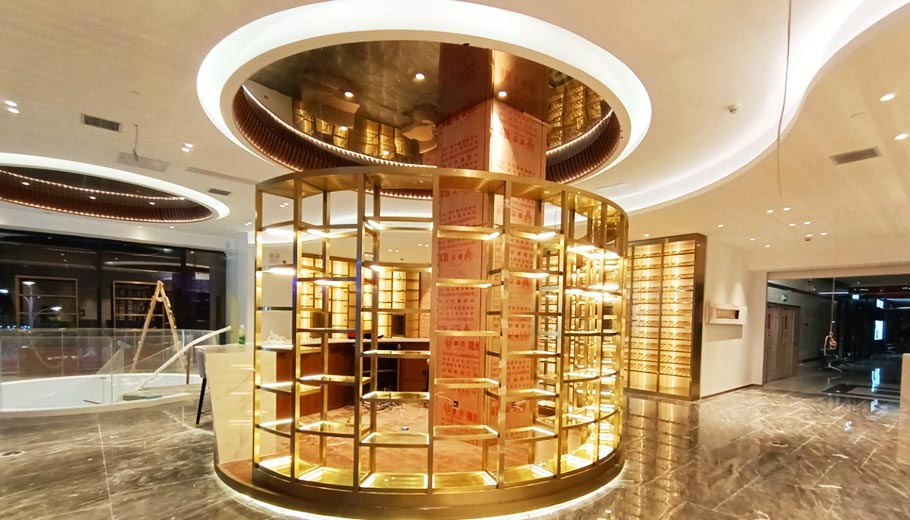
What Size Stainless Steel Wine Cabinet Do You Need?
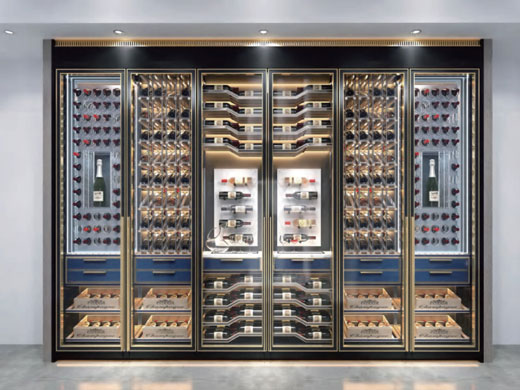
Single-Zone vs. Dual-Zone Stainless Steel Wine Cabinets: Which One Should You Choose?
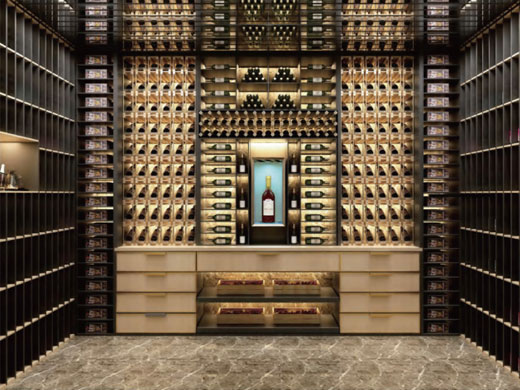
Best Commercial Stainless Steel Wine Cabinets for Bars & Restaurants






